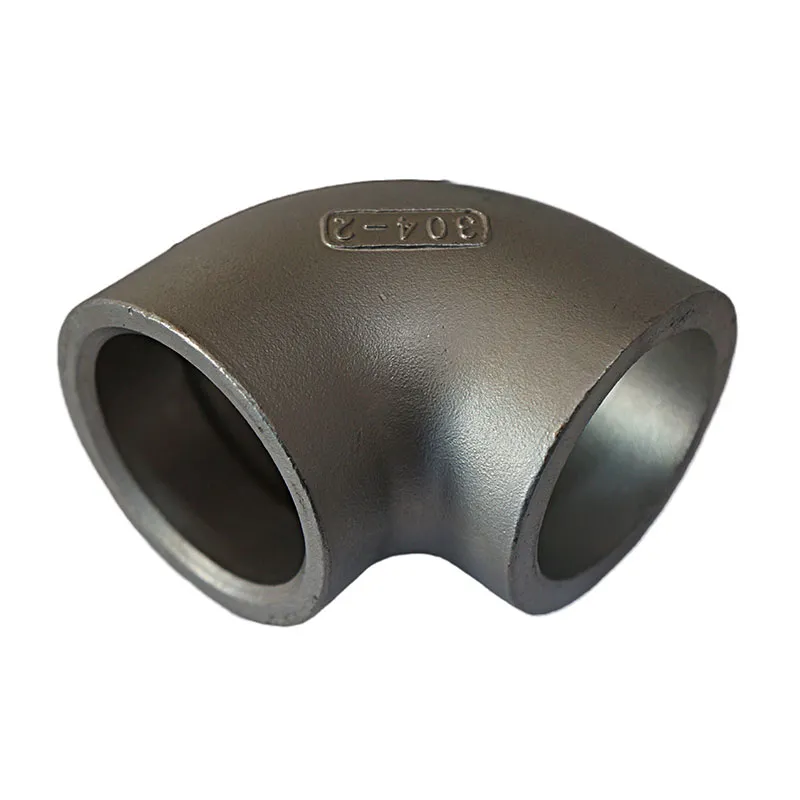Exploring the Applications and Benefits of Die Casting in Various Industries
Die Casting Uses An Overview
Die casting is a highly efficient manufacturing process used for producing metal parts with incredible precision and excellent surface finishes. This technique involves forcing molten metal into a mold cavity, which is referred to as a die. Die casting is primarily used for non-ferrous metals, such as aluminum, zinc, and magnesium. The inherent advantages of die casting make it a popular choice in various industries, including automotive, aerospace, electronics, and consumer goods. This article delves into the diverse applications of die casting and highlights its significance in modern manufacturing.
Automotive Industry
The automotive sector is one of the largest beneficiaries of die casting technology. With the constant demand for lightweight and fuel-efficient vehicles, manufacturers rely on die casting to produce components that meet these criteria. Aluminum die castings are commonly used in engine blocks, transmission cases, wheels, and structural components due to their favorable strength-to-weight ratio. The ability to create complex shapes with intricate designs allows automotive engineers to innovate, reducing the overall weight of vehicles while maintaining or enhancing performance.
Aerospace Applications
In the aerospace industry, the demand for durable yet lightweight materials is critical. Die casting facilitates the production of high-performance components such as housings, brackets, and structural parts. Parts cast from aluminum and magnesium alloys contribute significantly to the overall weight reduction and fuel efficiency of aircraft. Moreover, the high dimensional accuracy achieved through die casting ensures that these components fit perfectly, which is essential for safety and performance. As the aerospace industry continues to embrace advanced manufacturing technologies, die casting will play a pivotal role in developing new aircraft designs.
Electronics and Electrical Industry
The electronics industry also capitalizes on die casting to produce housings, enclosures, and heat sinks for electrical devices and components. The precision and excellent surface finish of die-cast parts ensure that electronic components are well-protected and can dissipate heat effectively. Companies producing smartphones, computers, and other consumer electronics benefit from die casting's ability to create complex shapes while minimizing material waste. Additionally, die-cast aluminum and zinc parts offer excellent electromagnetic shielding, which is crucial for many electronic applications.
die casting uses

Consumer Goods
In the realm of consumer goods, die casting is utilized to produce a variety of products, from kitchenware to decorative items. High-quality aluminum cookware benefits from die casting's ability to provide uniform thickness and durability, ensuring even heat distribution and longevity. Decorative components, such as hardware and structural parts for furniture, are also die cast to achieve fine details and intricate designs. The versatility of die casting in creating both functional and aesthetic pieces makes it a favored manufacturing method among designers and manufacturers alike.
Industrial Machinery
Die casting is widely used to produce components for industrial machinery and equipment. This includes parts such as housings, brackets, and support structures that require high strength and durability. The rapid production capabilities of die casting allow manufacturers to meet the demands of industries that rely on heavy machinery, ensuring that operational efficiencies are maintained. The ability to produce parts quickly and at scale also helps companies respond to market demands and fluctuations.
Medical Devices
Another emerging application of die casting is in the production of medical devices and equipment. The high precision and reliability of die-cast components make them suitable for critical applications in healthcare. Items such as surgical instruments, housing for medical devices, and various components benefit from the exacting standards set by the medical industry. Die casting allows for reproducibility and traceability, both of which are paramount in medical manufacturing.
Conclusion
Die casting is a versatile and efficient manufacturing process that serves a multitude of industries, from automotive and aerospace to electronics, consumer goods, and medical devices. Its ability to produce complex geometries with high precision while minimizing waste makes it an attractive option for manufacturers seeking to enhance their productivity and product quality. As technology continues to advance, the applications of die casting are likely to expand further, solidifying its role as a cornerstone of modern manufacturing. Whether in creating components that power vehicles or designing parts for cutting-edge electronics, die casting remains an invaluable process in the pursuit of innovation and excellence.
-
Top Extras Casting Solutions Die Casting and Sand Casting Experts High-Quality Casting and Die Casting ServicesNewsJun.10,2025
-
Top SS Casting Manufacturer Aluminum Die Casting Manufacturer China Precision Die Casting Company SupplierNewsJun.10,2025
-
High-Quality Brass Casting Sand for Precision Sand Casting Brass at HomeNewsJun.10,2025
-
Affordable Aluminum Sand Casting Solutions Custom PartsNewsJun.09,2025
-
High-Quality China Sand Casting Services Cost-Effective & ReliableNewsJun.09,2025
-
Premium Hot Stamping Parts Durable Plastic Decor SolutionsNewsJun.09,2025















